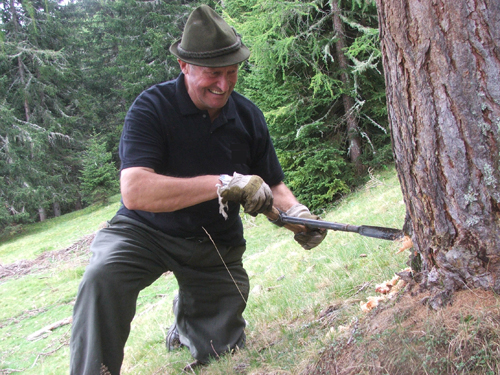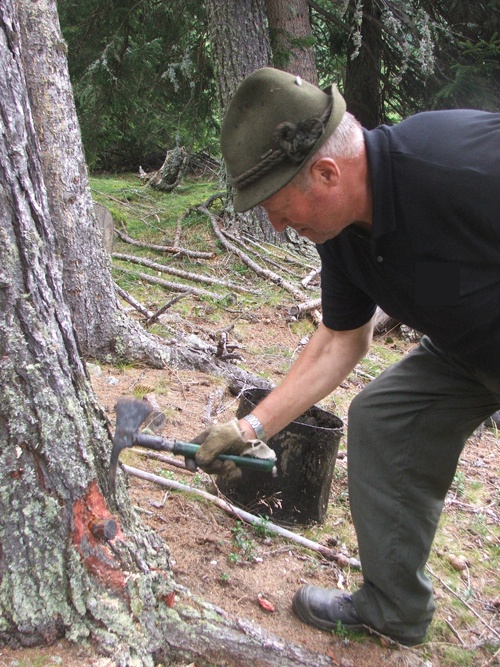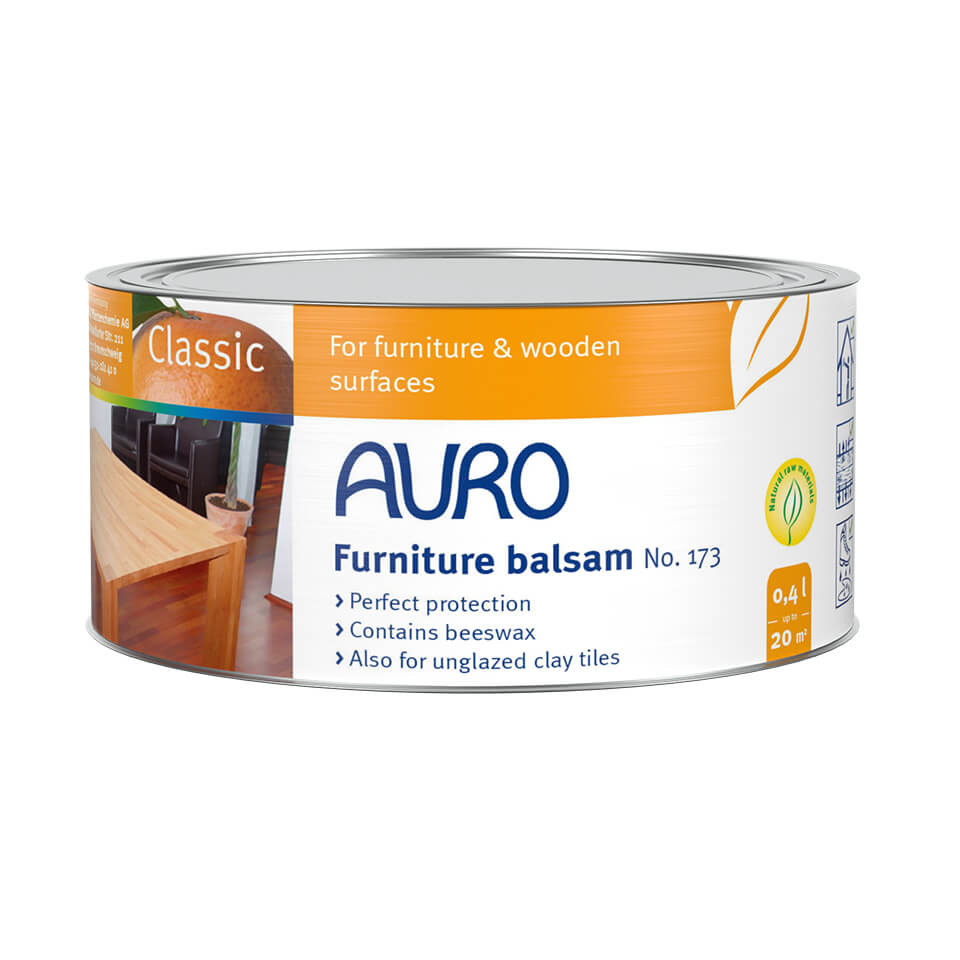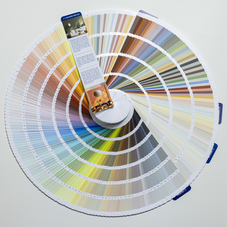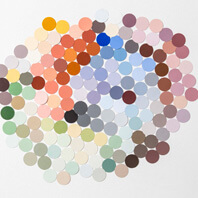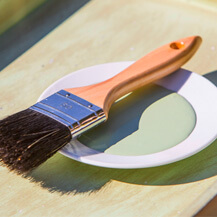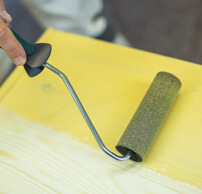Raw material stories
The extraction of the larch resin has a history of several hundreds of years. The larch balm was used in the folk medicine mainly by the farmers, in the veretinary medicine and as an ingredient of the ointments for skin problems and wounds.
Up to the beginning of the 20th century the methods of resin extraction were not particularily mild to the forrests. Large amounts of resin accumulate in the resin cracks that appear due to the tension in wood. In the old times, resin extractors used to apply the ax to dig a deep chanel in the trunk and put a container beneath it to collect the pouring resin. The open chanel increased the risk of wood inferction and the open resin container reduced the quality of the resin balm due to the evaporation of the valuable turpentine oil and the soiling of the balm by the wind, rain and insects.
Resin extraction mild to the trees
Nowadays resin will be collected throug a carefull drilling of the resin filled cracks in the tree trunk. Only trees that are planned to be removed within the next 10 to 15 years and are already 80 to 120 years old can be used.
The hole is drilled at the bottom of the tree only once a year in the spring-time; the drilling requires a lot of strength and effort. The drill is done at the south side of the tree that is warmed-up by the sun, because the warmth supports the resin production and its easier extraction.
With its lenght of 50 to 80 cm the drilled channel cuts into the resin crack and serves as the container for the pouring resin at the same time. The drilling of holes has several adventages for the forrest owners: the drilling into the trunks allows diseased trees to be identified. Patience is needed until the actual resin is extracted: two years pass by from the drilling to the resin collection.
The productivity of the tree and the color of the resin vary significantly. The won resin can be white, yellow or green. The so called "maiden resin" is the most valuable one - it comes from the first harvest. It is transparent like glas and collected and processed seprately. The purified balm will be bleached in the sun in the refineries. The special maiden resin is used in the art paints.
Carried out in the proper manner, the modern way of resin extraction do not harm any trees. It has even been observed that the resin crack gets smaller and the wood quality improves accordingly.
From tree resin to furniture balm
Having been purified through a sieve, the resin is refined by means of water destilation. The resin gets warmed up to 70-80 °C and afterwardss filtered through linen sacks in order to remove water, air bubbles, wood particles and other soiling. Larch resin balm has extraordinary properties that make it to a valuable natural raw material for many technical applications. Due to its durable elasticity and stickiness it is particularily suitable for the production of elastic lacquers that have to stay flexible and sleek, e.g. leather lacquers.
AURO applies the larch resin in the production of its Furniture balm No. 173, that assures a long-lasting, natural protection for wooden surfaces.
Applied on wooden furniture of floor, linoleum or cork, the Furniture balm provides for open-pored, water- and dirt resistant impregnated surfaces with a slight honey shade.
Source: Ursula Schabl "Vom Glück mit dem Pech (die traditionelle Nutzung und Gewinnung pflenzlicher Rohstoffe und Arbeitsmaterialien am Beispiel der österreichen Harzgewinnung)" - Master thesis at the Institute for Botanics of the University of Natural Ressources and Life Sciences, Vienna, 2001.

